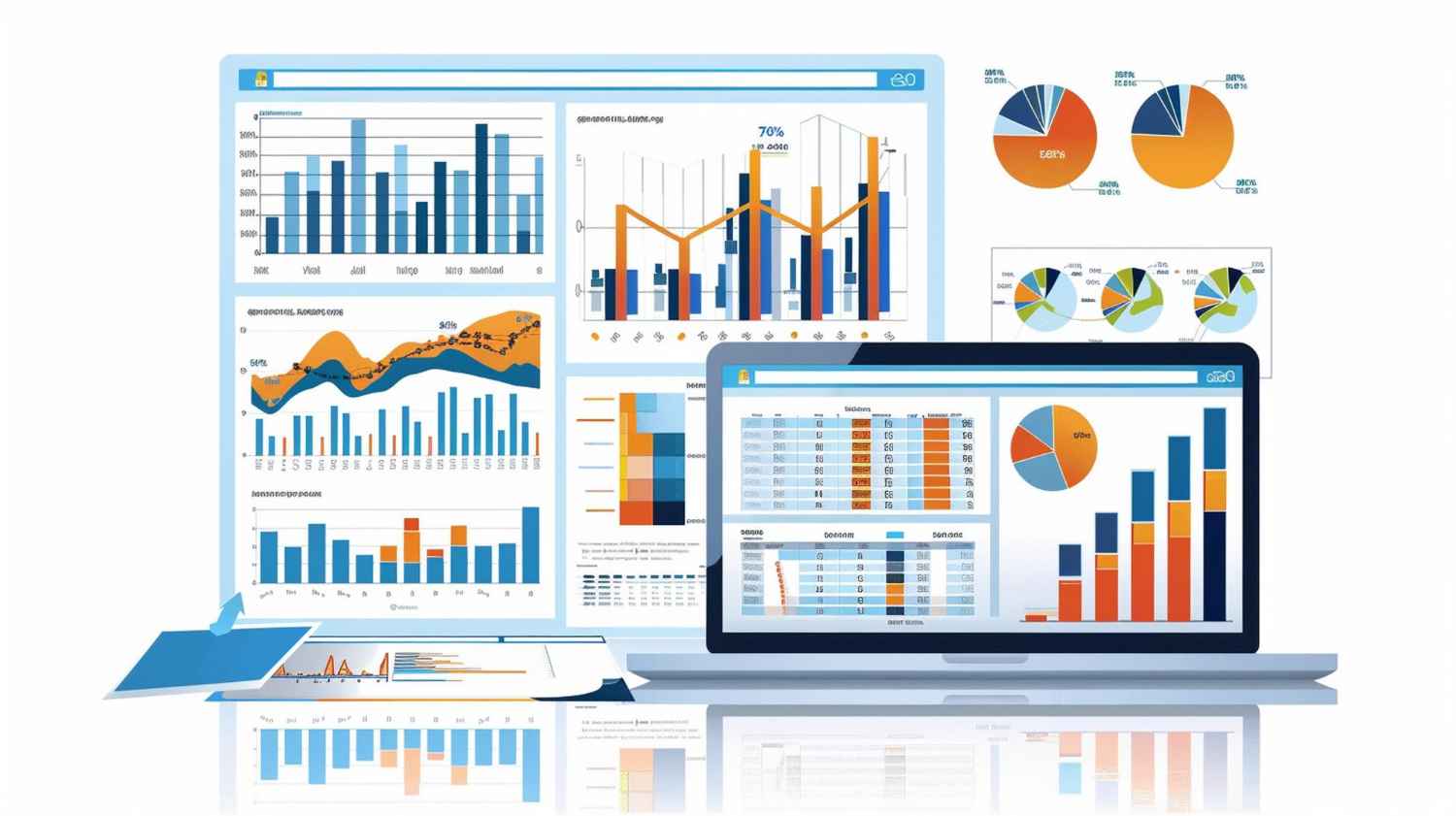In the world of forex trading, central bank meetings are monumental events. One such pivotal meeting is the Reserve Bank of New Zealand (RBNZ) meeting. But why is it so significant? What impact does it have on the currency markets? Let’s dive deep into the intricacies of the RBNZ meeting and explore its far-reaching consequences.
What is the RBNZ?
An Overview of the Reserve Bank of New Zealand
The Reserve Bank of New Zealand (RBNZ) is the central bank of New Zealand, responsible for formulating monetary policy, issuing currency, and maintaining financial stability. Established in 1934, the RBNZ operates independently of the government, making decisions based on economic data and trends to achieve its primary objectives.

Key Responsibilities of the RBNZ
The RBNZ’s primary responsibilities include maintaining price stability, supporting maximum sustainable employment, and ensuring the stability of the financial system. By setting interest rates and influencing monetary policy, the RBNZ aims to control inflation and foster a stable economic environment.
The Importance of RBNZ Meetings
Setting Monetary Policy
RBNZ meetings are crucial because they determine the country’s monetary policy. During these meetings, the central bank reviews economic indicators such as inflation, employment rates, and GDP growth to decide on interest rate adjustments. These decisions directly impact the New Zealand dollar (NZD) and the global forex market.
Market Anticipation and Speculation
Traders and investors closely monitor RBNZ meetings for any hints or signals about future monetary policy changes. Speculation around interest rate adjustments can lead to significant market volatility. Even subtle shifts in the RBNZ’s language or tone can trigger substantial market reactions.
Key Elements of an RBNZ Meeting
Economic Assessments

At each meeting, the RBNZ presents a detailed assessment of the current economic situation. This includes analysis of inflation trends, employment data, and global economic conditions. Understanding these assessments helps traders predict future monetary policy actions.
Interest Rate Decisions
The most closely watched aspect of any RBNZ meeting is the interest rate decision. The bank may choose to raise, lower, or maintain the current interest rate. These decisions are influenced by the bank’s assessment of inflationary pressures and economic growth prospects.
Inflation Targeting
The RBNZ operates under an inflation-targeting framework, aiming to keep inflation within a specific range. If inflation is above or below the target, the RBNZ may adjust interest rates accordingly. This approach helps maintain price stability and economic confidence.
The Impact on Forex Markets
Immediate Market Reactions
RBNZ meetings often lead to immediate and significant reactions in the forex market. Traders react swiftly to interest rate announcements and the accompanying statements. A rate hike typically strengthens the NZD, while a rate cut can weaken it.
Long-Term Implications
Beyond immediate reactions, RBNZ decisions have long-term implications for the forex market. Sustained changes in monetary policy can influence the broader economic outlook, affecting trade balances, investment flows, and ultimately, currency values.
Comparative Analysis

The RBNZ’s policy stance is often compared to other central banks, such as the Federal Reserve or the European Central Bank. Divergences in monetary policy between central banks can create trading opportunities and influence forex market dynamics.
How Traders Prepare for RBNZ Meetings
Analyzing Economic Indicators
Savvy traders prepare for RBNZ meetings by analyzing key economic indicators. This includes studying inflation rates, employment data, and GDP growth. By understanding the economic landscape, traders can anticipate potential RBNZ actions.
Monitoring Market Sentiment
Market sentiment plays a crucial role in forex trading. Traders keep an eye on news, expert opinions, and market forecasts leading up to the RBNZ meeting. This helps them gauge market expectations and position themselves accordingly.
Utilizing Technical Analysis
In addition to fundamental analysis, traders use technical analysis to identify trading opportunities. Chart patterns, support and resistance levels, and trend indicators provide valuable insights into potential market movements around the RBNZ meeting.
Historical RBNZ Decisions and Their Outcomes

Notable Rate Hikes
Examining past RBNZ rate hikes can provide valuable insights into the bank’s decision-making process. For instance, the aggressive rate hikes in the early 2000s were aimed at curbing rising inflation, significantly impacting the NZD.
Significant Rate Cuts
Conversely, analyzing past rate cuts reveals the RBNZ’s response to economic downturns. The rate cuts during the Global Financial Crisis of 2008-2009 were designed to stimulate the economy, leading to a depreciation of the NZD.
Impact on Currency Pairs
Historical RBNZ decisions also highlight their impact on various currency pairs. For example, the NZD/USD pair often experiences heightened volatility around RBNZ meetings, influenced by both domestic and international factors.
The Role of Forward Guidance

Communicating Future Intentions
Forward guidance is a powerful tool used by the RBNZ to communicate its future monetary policy intentions. By providing clear and transparent guidance, the bank can influence market expectations and reduce uncertainty.
Market Interpretation
Traders carefully analyze the RBNZ’s forward guidance for clues about upcoming policy changes. Phrases like “we expect to maintain rates” or “further tightening may be necessary” can significantly impact market sentiment and trading strategies.
Challenges and Considerations for the RBNZ
Balancing Inflation and Growth
One of the primary challenges for the RBNZ is balancing the dual objectives of controlling inflation and supporting economic growth. Tightening monetary policy to curb inflation can sometimes slow economic growth, posing a delicate balancing act.
External Economic Factors
The RBNZ must also consider external economic factors, such as global trade dynamics, commodity prices, and geopolitical events. These factors can influence New Zealand’s economy and, consequently, the RBNZ’s policy decisions.
Financial Stability Concerns

Ensuring financial stability is another critical consideration for the RBNZ. The bank monitors the health of the banking sector, credit markets, and overall financial system to prevent systemic risks and maintain economic confidence.
The Future of RBNZ Policy
Evolving Economic Landscape
The economic landscape is constantly evolving, influenced by technological advancements, demographic changes, and global trends. The RBNZ must adapt its policy framework to address these shifts and maintain its effectiveness.
Potential Policy Innovations
Looking ahead, the RBNZ may explore innovative policy tools and frameworks. This could include adopting unconventional monetary policies or integrating sustainability considerations into its decision-making process.
Conclusion
The RBNZ meeting is a cornerstone event in the forex calendar, shaping the landscape of the currency markets. From setting interest rates to providing forward guidance, the RBNZ’s decisions carry significant weight. Traders and investors must stay informed, analyze economic indicators, and monitor market sentiment to navigate the opportunities and risks presented by these meetings.
FAQs
1. What is the primary objective of the RBNZ?
The primary objective of the RBNZ is to maintain price stability and support maximum sustainable employment while ensuring financial system stability.
2. How often does the RBNZ meet to discuss monetary policy?
The RBNZ typically holds monetary policy meetings eight times a year, but additional meetings can be scheduled if necessary.
3. How do RBNZ decisions impact the New Zealand dollar (NZD)?
RBNZ decisions directly impact the NZD’s value. Rate hikes usually strengthen the NZD, while rate cuts can weaken it.
4. What is forward guidance in the context of RBNZ meetings?
Forward guidance is a tool used by the RBNZ to communicate its future monetary policy intentions, helping to shape market expectations and reduce uncertainty.
5. How can traders prepare for RBNZ meetings?
Traders can prepare by analyzing economic indicators, monitoring market sentiment, and utilizing technical analysis to anticipate potential market movements.
